United States (US)
Showing 1–12 of 93 results
-
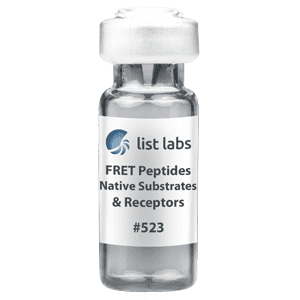
SNAPtide® Peptide Substrate flP6(DABCYL/5-IAF) for C. botulinum Type A Neurotoxin
#523 (200 nmoles)
-
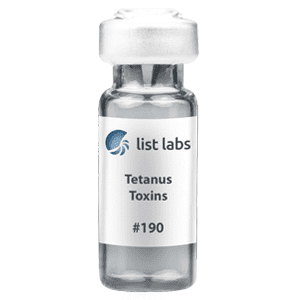
Tetanus Toxin from Clostridium tetani
#190A (25 ug), #190B (100 ug), #(, #(
-
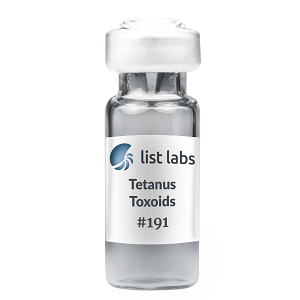
Tetanus Toxoid from Clostridium tetani
#191A (25 ug), #191B (100 ug), #(, #(
-
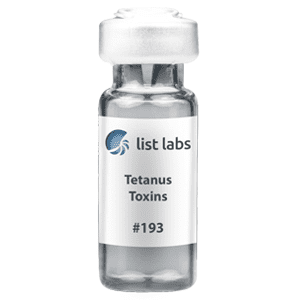
Tetanus Toxin C-Fragment from Clostridium tetani
#193 (10 ug)
-
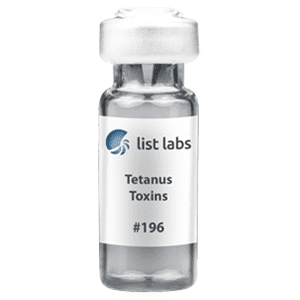
Tetanus Toxin C-Fragment from Clostridium tetani, FITC Conjugate
#196A (10 ug)
-
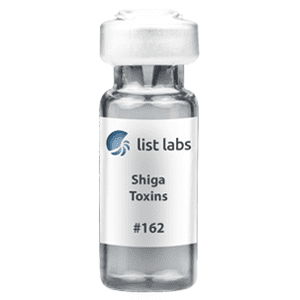
Shiga Toxin 2 from Escherichia coli
#162L (Liquid)
-
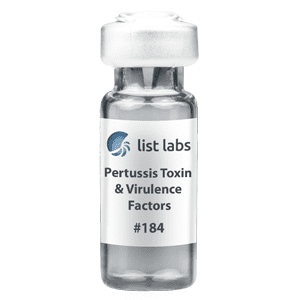
Pertussis Toxin Mutant
#184 (50 ug)
-
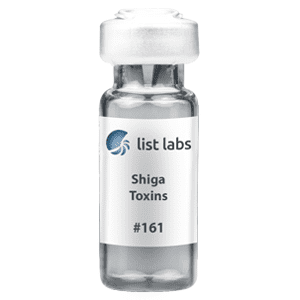
Shiga Toxin 1 from Escherichia coli
#161 (10 ug)
-
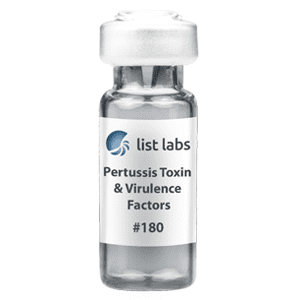
Pertussis Toxin from B. pertussis, Lyophilized in Buffer
#180 (50 ug)
-
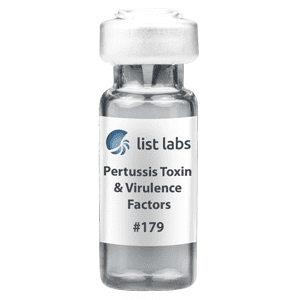
Pertussis Toxin from B. pertussis (in Glycerol)
#179A (50 ug)
-
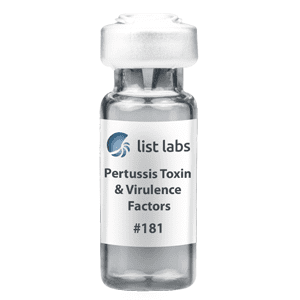
Pertussis Toxin from B. pertussis, Lyophilized (Salt-Free)
#181 (50 ug)
-
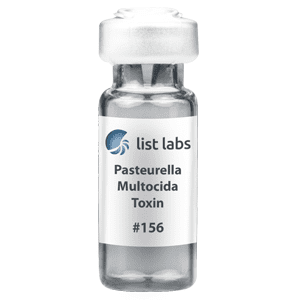
Pasteurella multocida Toxin
#156 (50 ug)


